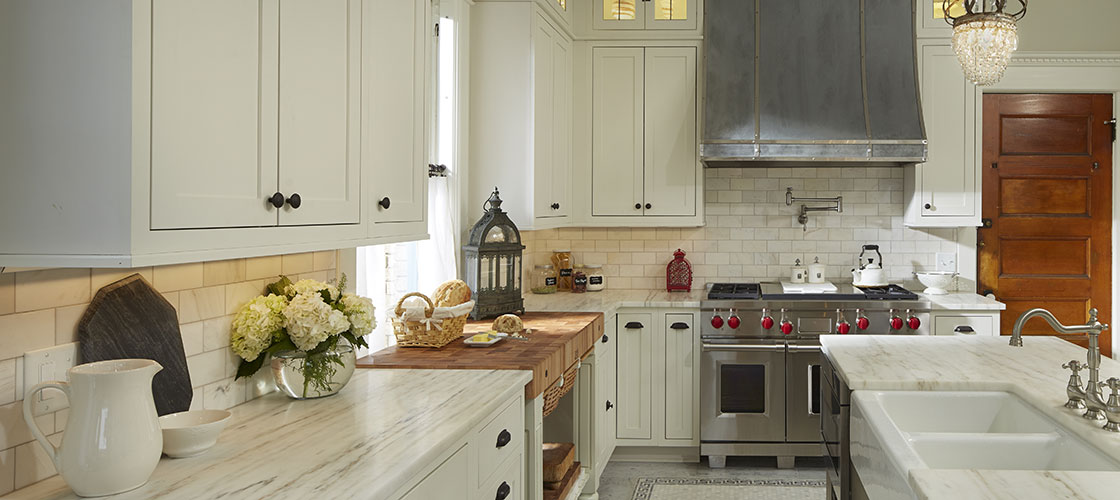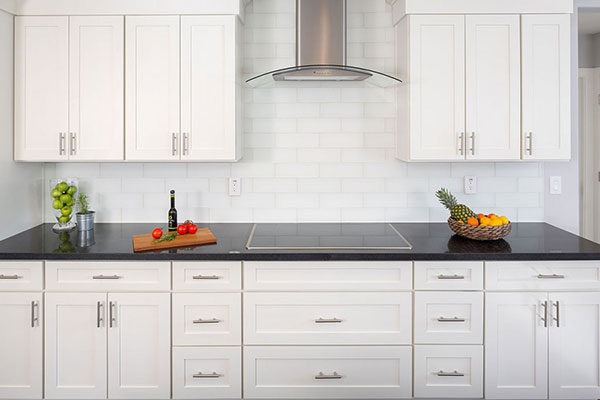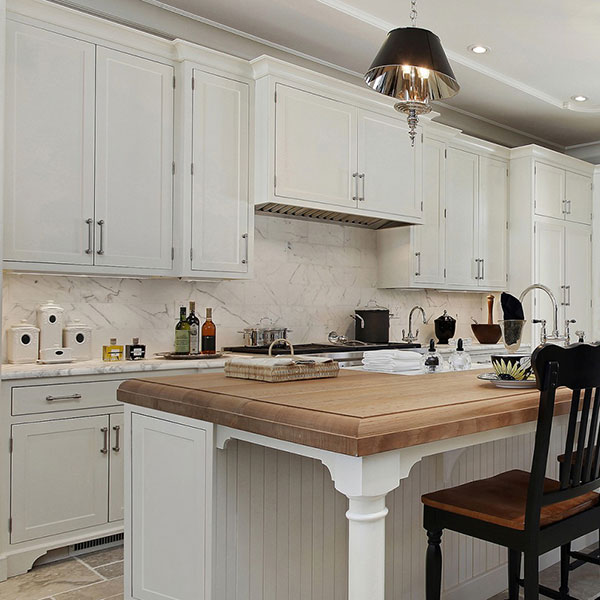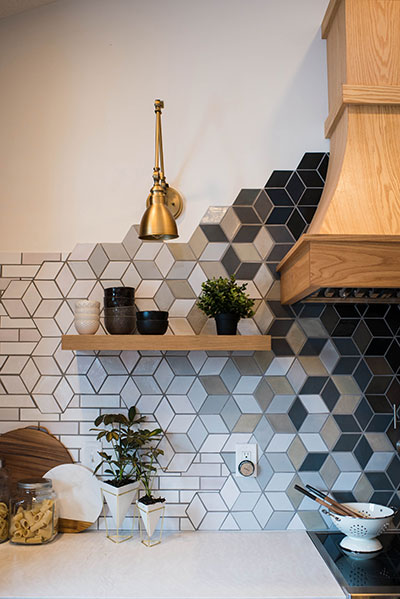Why Do I Need a Kitchen Designer?
Learn how a knowledgeable designer can help your project.
Read More

Understanding basic interior design elements will help you create a kitchen that is both functional and beautiful. Design elements are the basic concepts and tools that you can utilize while designing interior space. Guidelines for the effective use of these tools can be found in design principles.
These are the fundamental elements of design: space, line, form, color and texture. Learning about these concepts and their applications will help you make your kitchen look good and feel good for all that enter your space!

Space is the area provided for a particular purpose. Space can be divided into two categories: positive space, and negative space. Positive space is space that contains objects, while negative space is open or empty space.
The balance between positive and negative space will determine the feeling of your space. A large open space may give a room an airy, relaxed feeling, or it can cause the room to feel unwelcoming and stark. Similarly, a small room can be comfortable and cozy, or may feel crowded, hectic and chaotic.

Line is a basic unit of form and shape. This element guides the eye as it moves along a surface. Each object or piece of furnishing in your space, as well as the architectural shape itself (your walls and ceilings) contributes to harmony, unity, and contrast of line. Your use to line will largely contribute to the emotional effect of your space.
A few points about the effect of line in kitchen design and layout:

Everything has a form, or a physical shape. Form can be measured from top to bottom (height), side to side (width) and back to front (depth). There are two types of form: man-made and organic. In relationship to their surroundings, forms can be boring or interesting. It is important to use form creatively to make sure it complements the mood and design of the space.
The combination of blue and red adds a royal, sophisticated look to this kitchen.
Color, seen either on the surface of an object or in colored light sources, appeals directly to the emotions and sets the mood for a space. “Hue” is the technical name given to a color as it is reflected. Neutral hues are calming and comfortable, whereas bright and bold colors can either make a room exciting or provoke a feeling of restlessness.
White has long been the most popular color in kitchen design. Since white reflects more light than other colors, it’s associated with “airy,” “bright,” and “open” spaces. This can make a space look larger and cleaner.

There are two types of texture: tactile and implied. Tactile texture is what is felt when an object is physically touched. Implied texture is the visual quality of an object interpreted by the eye.
Like all other elements of design, different textures can elicit different emotional responses. Rough, coarse textures suggest rugged, sturdy qualities, while, fine, smooth texture suggest formality and elegance. Everything has texture and its use can add flair, personality, and variety to any design.